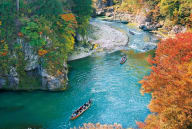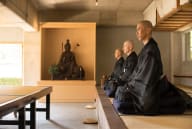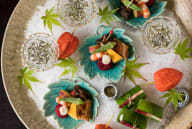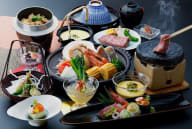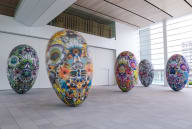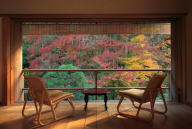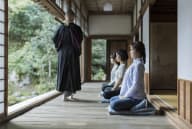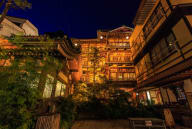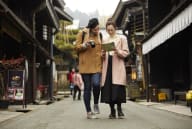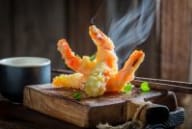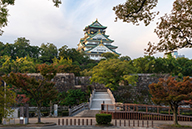Use the
Planning a Trip to Japan?
Share your travel photos with us by hashtagging your images with #visitjapanjp
How Japan's timeless culture of sustainability can enrich your daily life
The term mottainai embodies the principles of reduce, reuse, and recycle, fostering respect for the objects we use and the environment they come from. This ethos has shaped a culture that values sustainability and finds beauty in objects that have been repaired or transformed. As you travel around Japan, you can experience these principles and bring a sense of mindful consumption into your own life.
Giving treasured ceramics new life
Kintsugi is the art of repairing ceramics with lacquer dusted with powdered gold, silver, or platinum, and the practice perfectly illustrates mottainai. Rather than discarding a broken plate or bowl, kintsugi artists transform cracks into intricate, gleaming patterns that highlight rather than hide an item’s history. Kintsugi repairs often evoke natural imagery, such as the branches of a tree or the flow of a river, and each piece becomes a one-of-a-kind work of art.
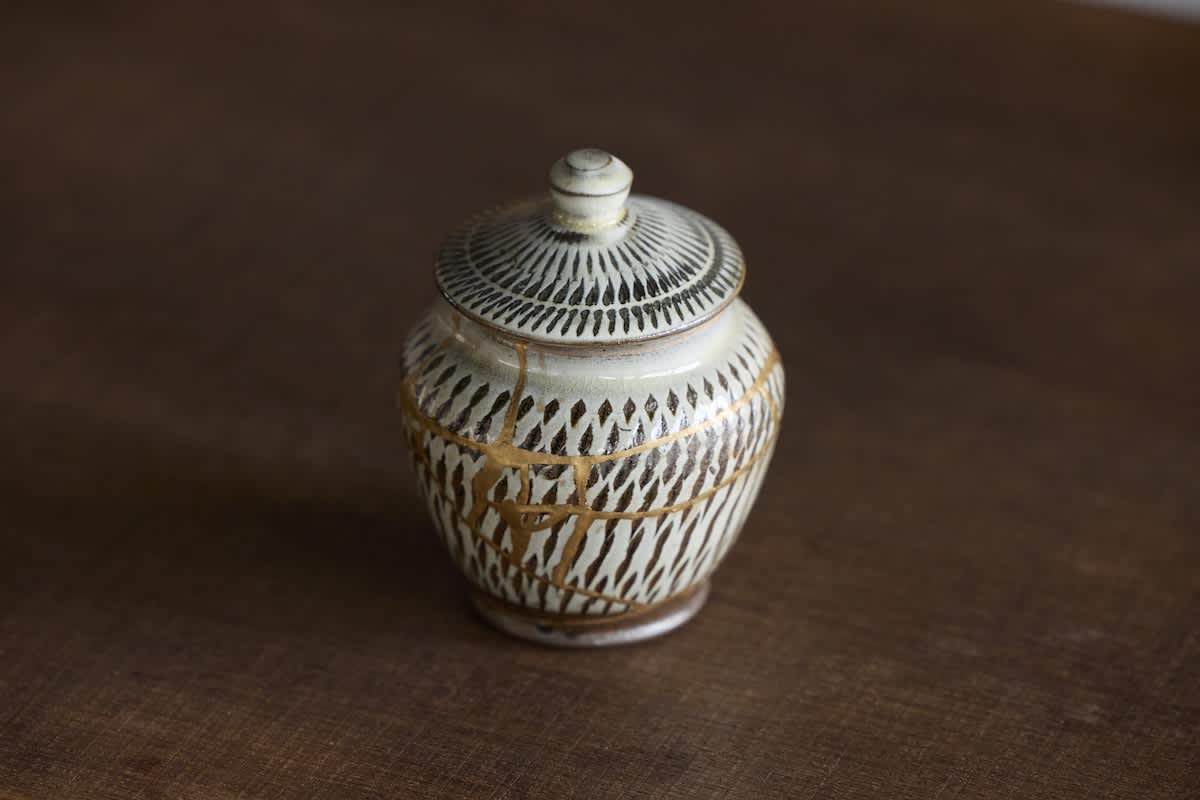
Generations of artisans at Shitsurindo, a traditional lacquer workshop in Fukui, have been repairing precious ceramics using kintsugi techniques. According to Uchida Toru, the eighth-generation head of the company, the majority of clients come to them with heirlooms and sentimental items. “In the past,” he says, “there was more demand to repair everyday items, but with mass production, people tend just to buy a new vase if they break one. Now, it is the special and one-off pieces that they bring to us for repair.”
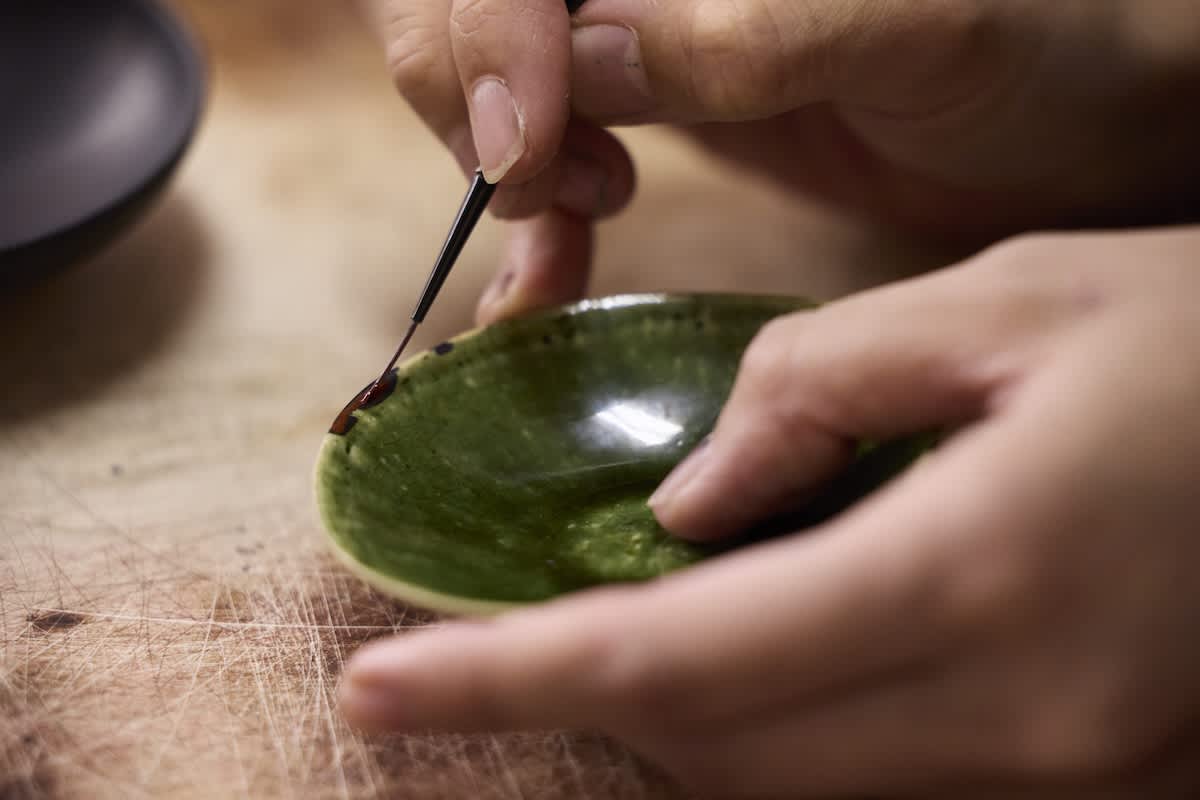
Making kintsugi repairs can take several weeks or longer, depending on the complexity of the work. Some items are like three-dimensional puzzles, requiring a painstaking reassembly process. The broken pieces are first glued back together with lacquer. After the initial reconstruction, the item is placed in a dust-free, temperature-controlled drying cabinet for about a week until the lacquer sets. Multiple layers are often needed to build up the repaired breaks. Metal powder is then applied to the lacquered fracture lines and polished to a high shine with a mixture of oil and powdered deer horn.
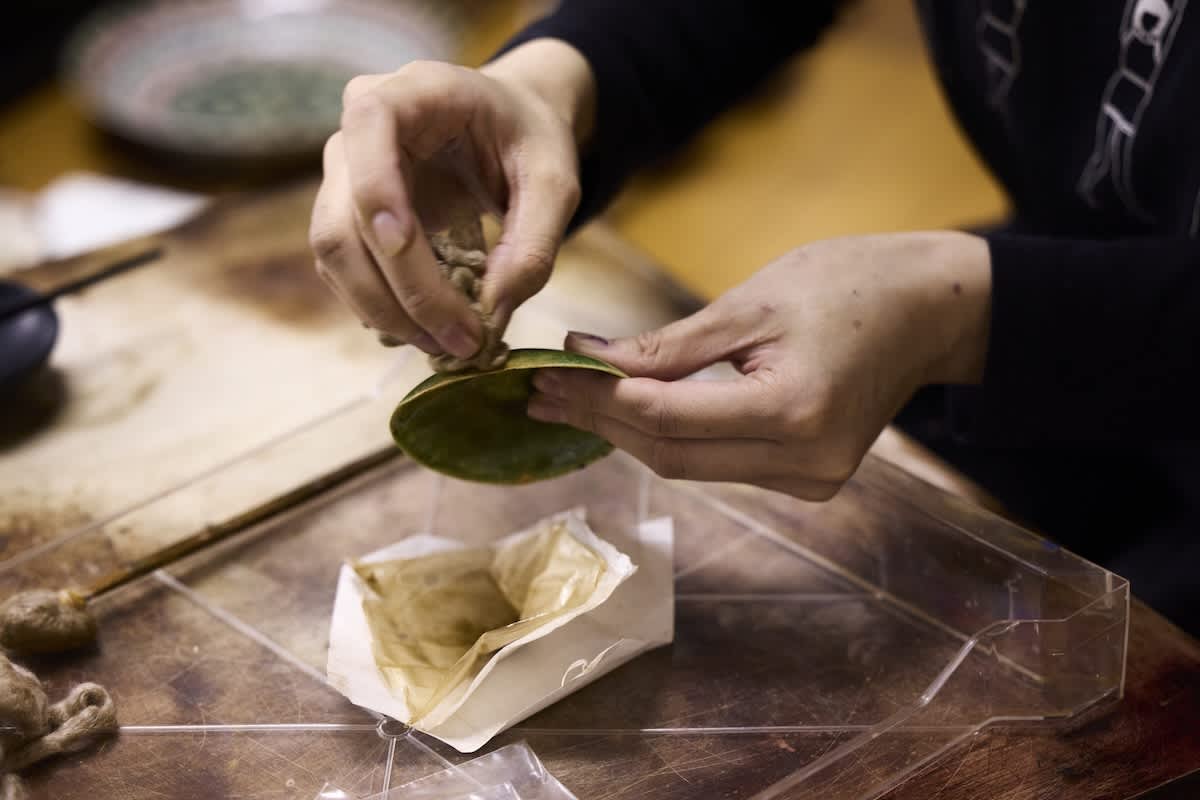
The traditional art of lacquer
Japanese lacquerware, or urushi, is an ancient craft that dates from the sixth century in the Echizen region of Fukui. The lacquer is refined from the sap of the Japanese lacquer tree, collected by cutting grooves into the tree trunk with a special knife. It takes about 12 years before a lacquer tree is large enough to be tapped. After tapping, the tree is cut down, and new shoots grow from its roots, becoming new trees.
As lacquer dries, it reacts with oxygen in the air and hardens to a strong, glossy finish resistant to heat, water, acids, and alkalis. It adds strength and luster to wooden tableware and furniture. Over years of use, lacquerware may become worn or damaged. Lacquerers can restore the finish, which wears with age, and repair chipped edges by applying and lacquering ultrathin layers of cloth. Like the ceramics that are repaired with kintsugi, customers often bring well-loved heirlooms to lacquer companies like Shitsurindo for repair.
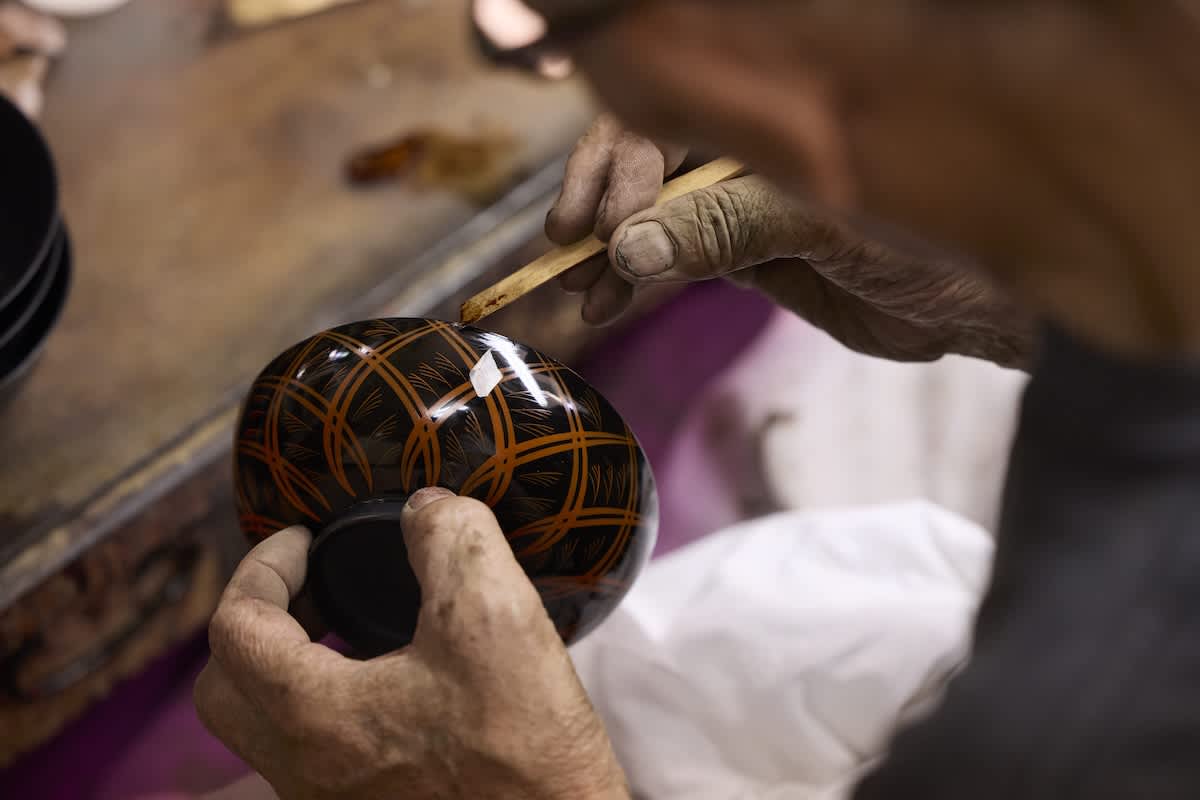
Making lacquerware involves many skilled craftspeople, including the urushi tappers, woodworkers, lacquerers, and makie artists who decorate the lacquer with powdered gold or silver. Many lacquer enterprises in Fukui are recruiting and training the next generation of lacquerers by holding exhibitions of contemporary lacquerware and offering work experience to art students.
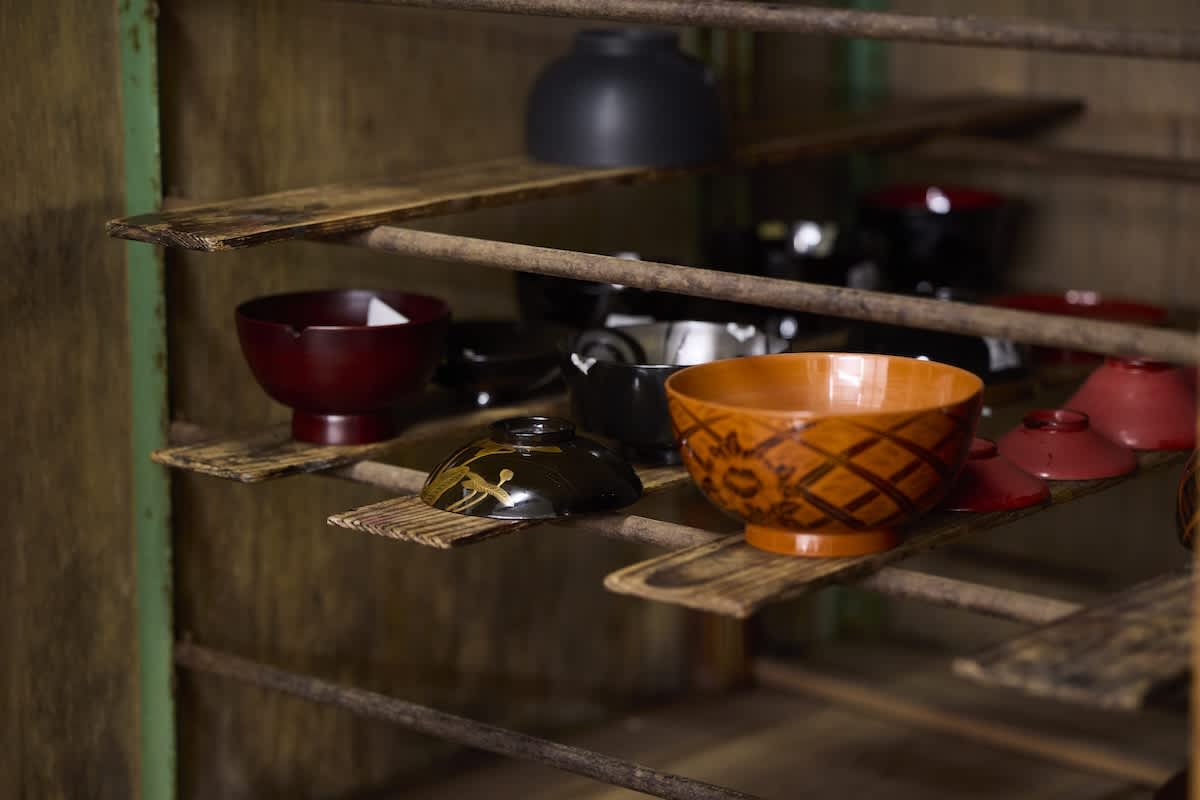
Stories woven in cloth
Emerging in Japan’s northern Tohoku region during the Edo period (1603–1867), “boro,” the practice of patching and mending clothing, was born out of necessity. Cotton was an expensive commodity that could not be grown in the region because of the cold climate. Locals adapted by skillfully layering and mending clothing and blankets using scraps of cotton and hemp cloth, making the most of what little they had. Boro became a symbol of resourcefulness as families patched worn fabrics together to extend their lifespan, often passing these textiles down as family heirlooms.
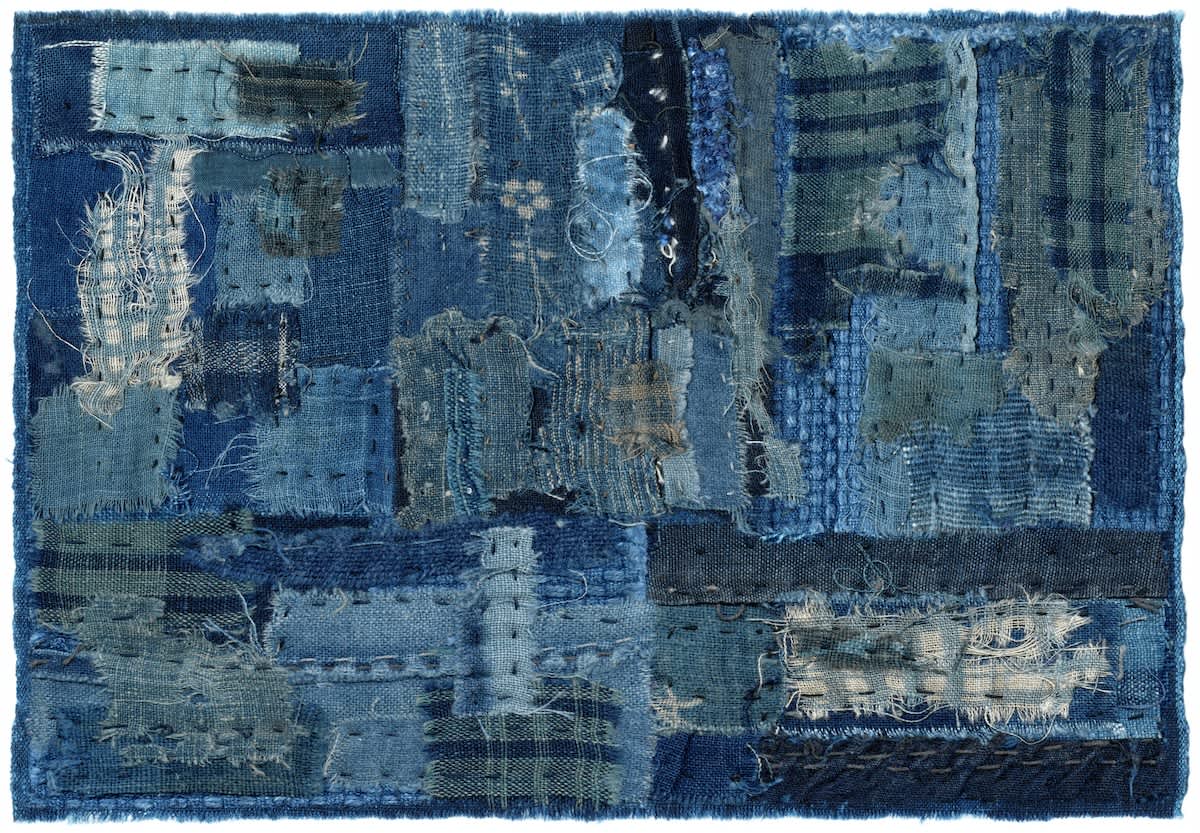
Sashiko, a style of reinforced stitching, is the foundation of boro. Originally, it served a purely practical purpose of making garments more durable. Over time, it became used to decorate textiles with intricate geometric and decorative designs, giving each piece its own character and beauty. Families would repeatedly patch well-worn items, using cuttings from old kimonos, futons, and scraps passed down through generations, making each textile a unique blend of function and family history.
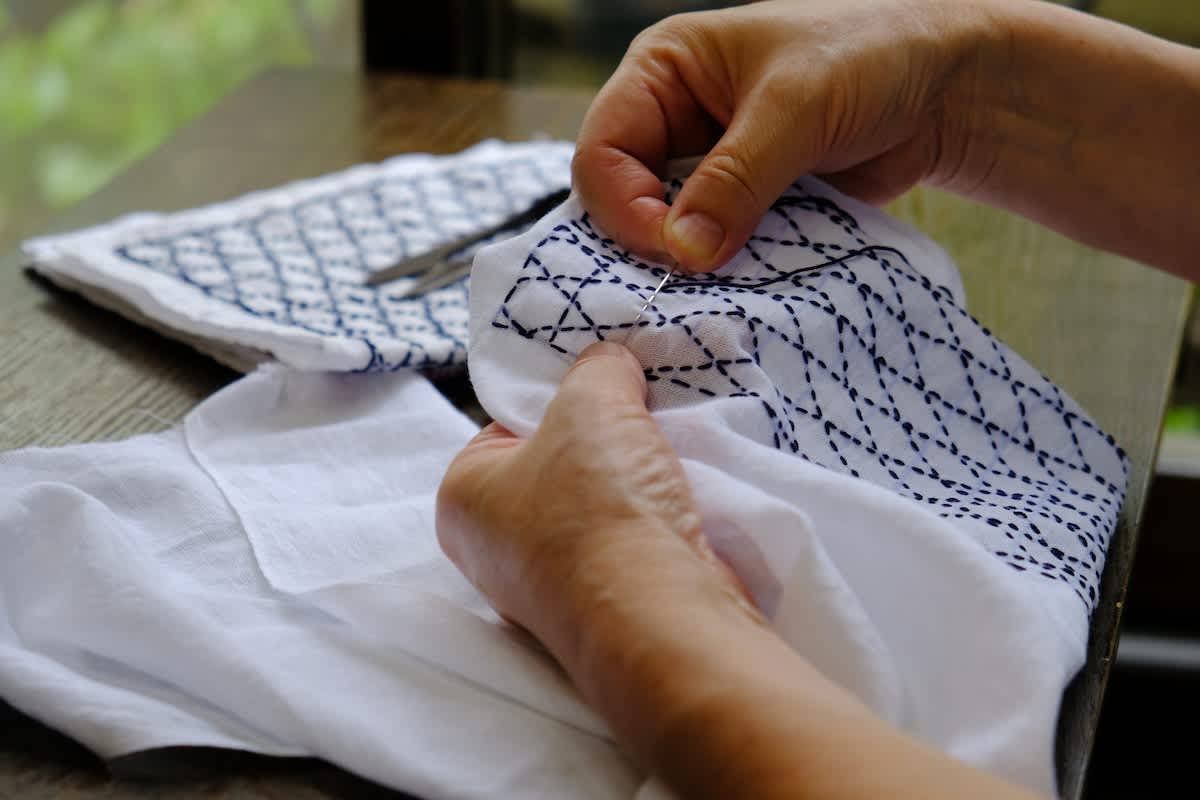
By the nineteenth century, boro textiles had evolved into distinct, multi-layered patchworks, rich in indigo and faded colors. The beauty of boro lies in its raw, layered composition, embodying the spirit of mottainai by giving new life to every piece of cloth, no matter how small or worn.
Boro has also influenced contemporary fashion. Japanese designers such as Junya Watanabe and Comme des Garçons’ Rei Kawakubo have embraced its layering techniques, bringing boro's patchwork designs to their collections.
Food for thought
The concept of mottainai is an integral part of traditional Japanese cuisine. Every part of an ingredient is used, from the bones and head of a fish for broth to vegetable scraps for pickling. This practice not only minimizes waste but also respects the resources and efforts that go into each dish. Even luxury dining reflects this ethos; chefs ensure no food is wasted by ordering precise amounts each day.
Before eating, it is common to say “itadakimasu,” which means “I humbly receive.” The phrase has its roots in Buddhism and reflects an appreciation of the plants, animals, farmers, and workers that made the meal possible. Out of respect, nothing is wasted, from the animal that gave its life to the carefully cultivated vegetables.
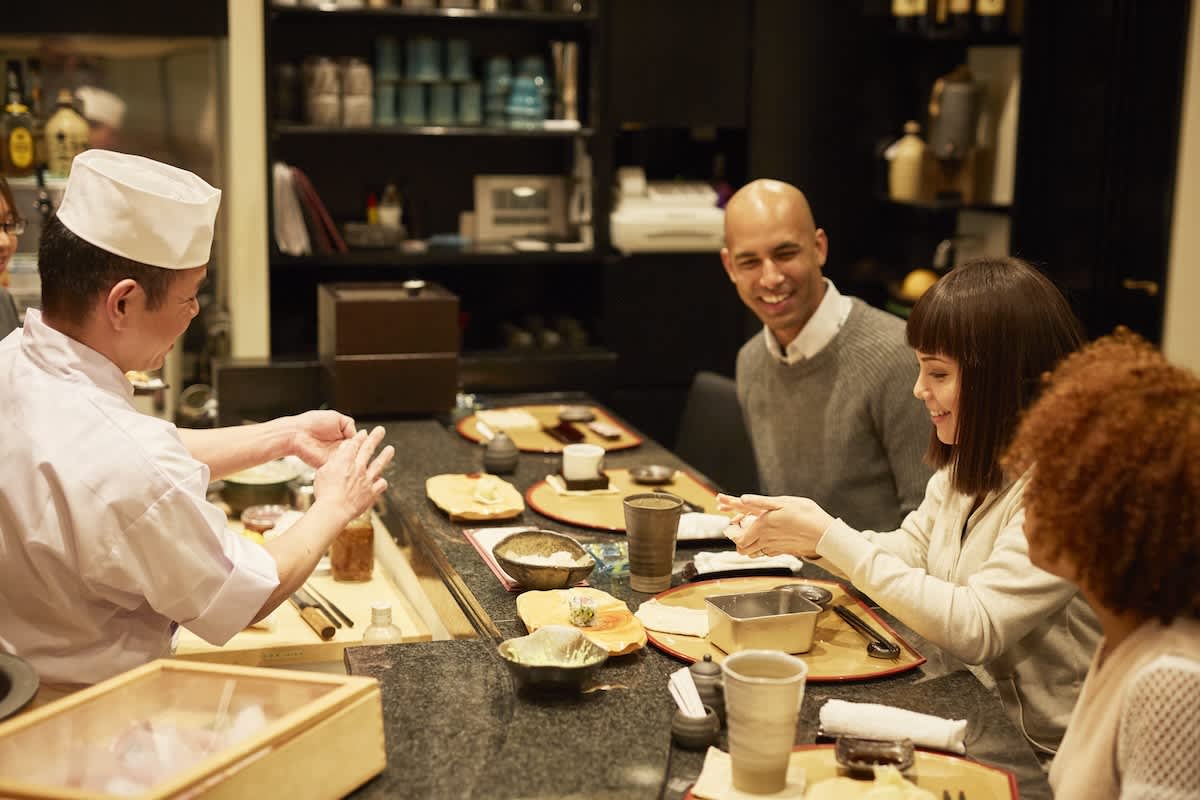
At kaiseki and sushi restaurants, chefs consider seasonality, choosing ingredients at their peak. Using in-season, local ingredients helps reduce the environmental impact of chemical fertilizers, artificial temperature control, and long-distance transportation. When dining, try unfamiliar dishes that might include less common cuts of meat or vegetables prepared in new ways. Embrace the practice of ordering just enough for a satisfying meal, resisting the urge to over-order, as this aligns with Japan’s respect for food.

Precious metalwork
Japanese knives are prized for their sharpness and quality. They are crafted to be re-sharpened and repaired. Their wooden handles can be replaced, and with proper care, their blades can last for generations, reflecting a culture where tools are cherished and maintained for longevity.
Takefu Knife Village is a cooperative of 13 knife-making companies in the town of Takefu, in Echizen, Fukui. Here, more than 40 craftsmen work side by side, ranging in age from 18 to 82. This intergenerational collaboration fosters the exchange of skills, blending centuries-old techniques with modern innovation.
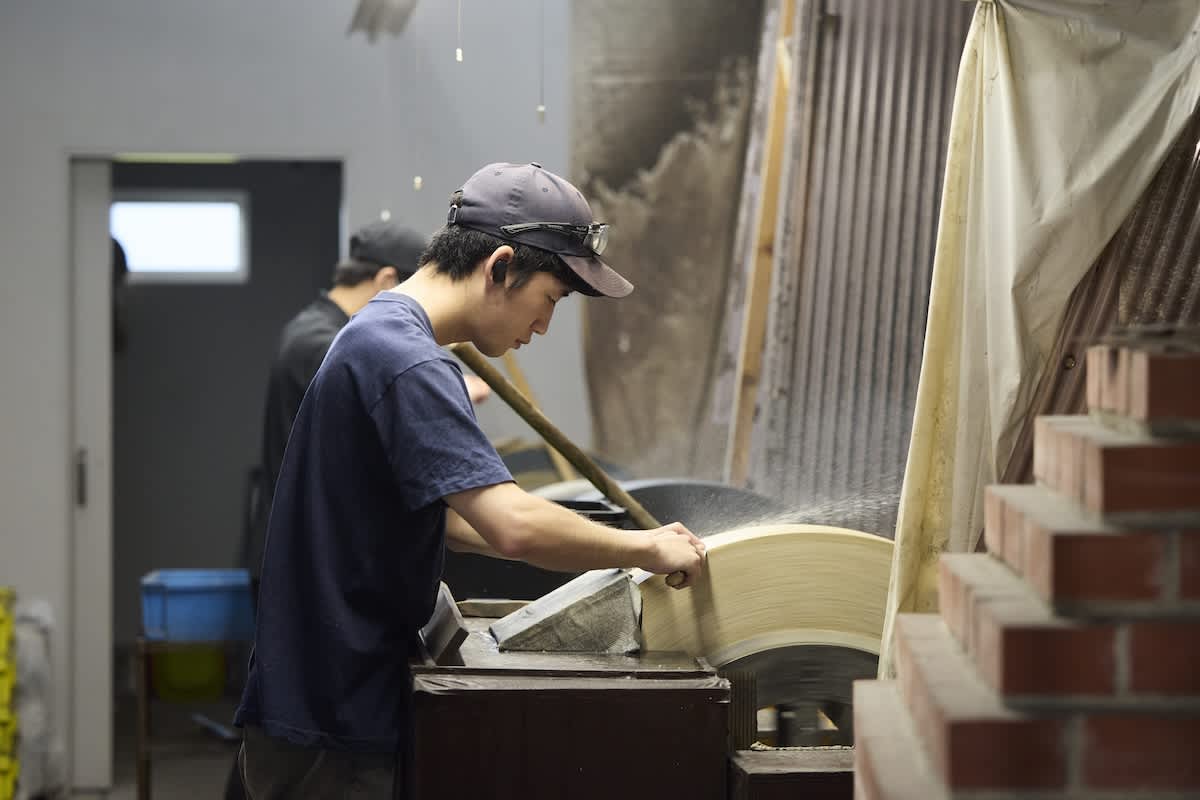
The origins of knife-making in this region date from the fourteenth century, when Chiyozuru Kuniyasu, a swordsmith from Kyoto, came to the Echizen region of Fukui in search of pure water and materials for forging his blades. He began crafting sickles for local farmers alongside his swords, and over time, the area became famous for high-quality agricultural blades and knives. As Japan’s agriculture modernized during the late twentieth century and cheap, mass-produced knives became common, many blacksmiths went out of business.
The artisans of Echizen formed Takefu Knife Village to preserve their craft. They hold one-day workshops for visitors to learn the processes and offer sharpening and repair services to encourage people to appreciate and maintain their tools. Many professional chefs come to Takefu for repairs and maintenance, eager to meet the artisans who made their precious blades.
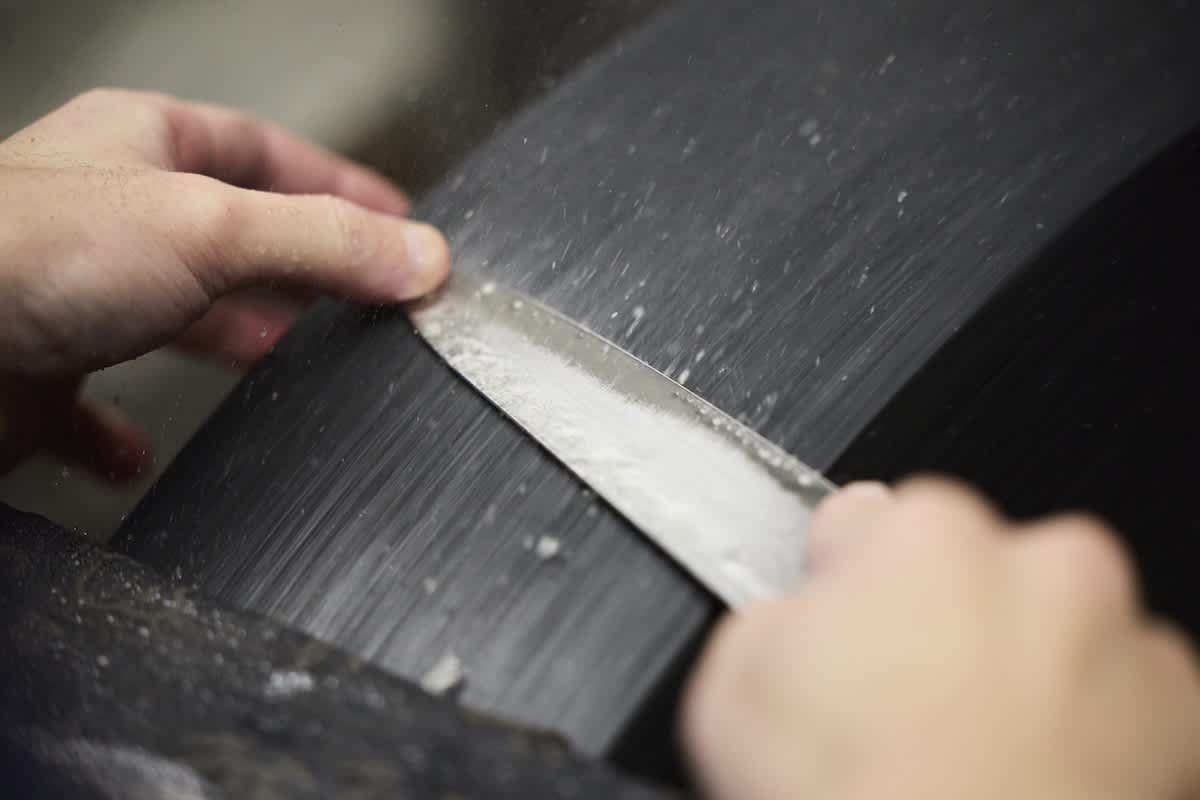
Towards zero waste
Kamikatsu is a small town in Tokushima that has become an inspiring leader in Japan’s zero-waste movement. Faced with limited options for waste disposal due to its mountainous location, the town set an ambitious goal: to reach zero waste by minimizing landfill use and maximizing recycling and reuse. Since initiating the program in the early 2000s, Kamikatsu has achieved remarkable success and recycles around 80 percent of its waste today.
A key component of this initiative is the town’s sorting system, where residents separate their waste into over 45 different categories. This system, though intricate, allows for highly specific recycling processes that ensure more materials are repurposed. Items are sorted into categories such as metals, plastics, textiles, and glass, but also subcategories; plastic bottles are separated from plastic packaging, for example, and glass is sorted by color. While this may sound overwhelming, the community has embraced the approach, understanding the environmental benefits and taking pride in their efforts.

At the heart of Kamikatsu’s program is the Zero Waste Center, a community space where residents and visitors alike can learn about the town’s waste management practices and participate in reuse efforts. Built on a former landfill site, the Zero Waste Center was constructed with recycled materials, reflecting the town’s commitment to sustainability from the ground up. The center includes an exchange where locals can drop off unwanted items for others to take and enjoy for free, promoting the concept of mottainai by giving unwanted objects a new life.
Visiting the Zero Waste Center provides insight into how small communities can make a large environmental impact through conscious habits. The center also inspires visitors to consider their own consumption patterns and how they might adopt similar practices. While most areas of Japan have far fewer than 45 different categories for sorting waste, it is common to separate burnable and non-burnable waste and to recycle glass, metal, and PET bottles separately. Sorting your waste is an easy way to help reduce environmental impact as you travel.
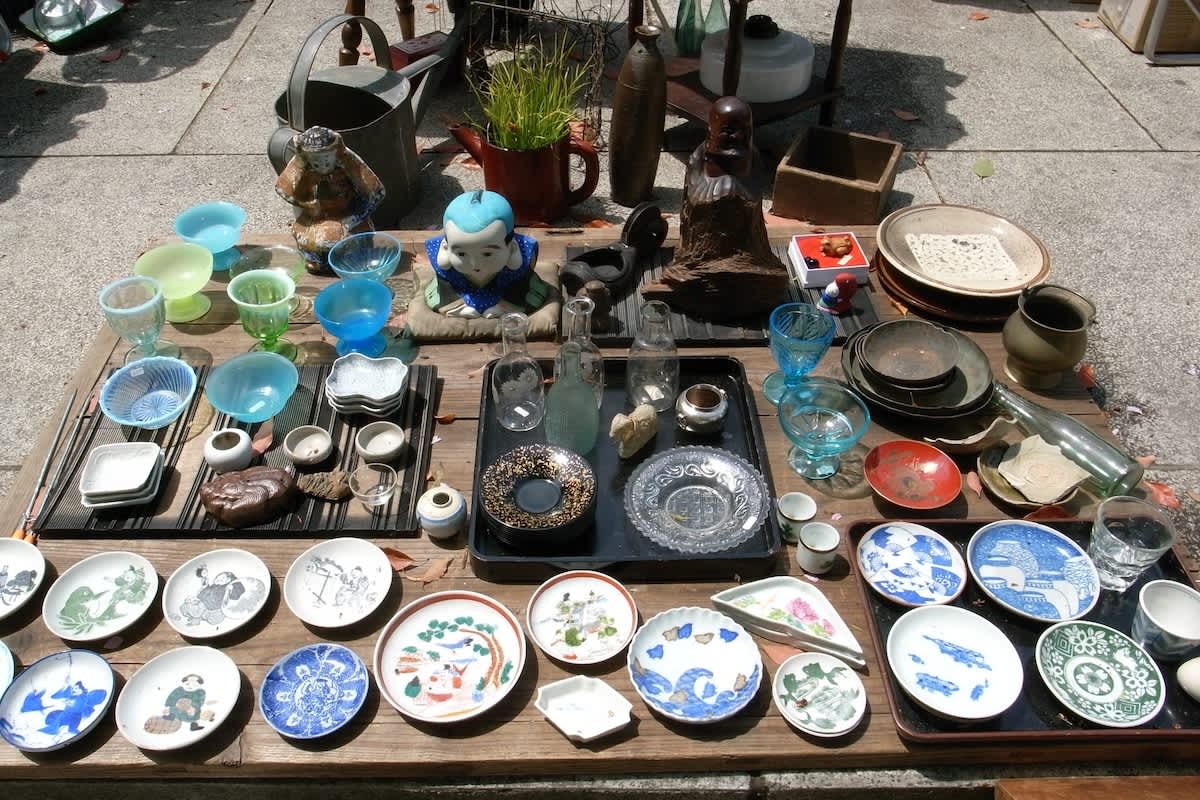
Beyond Kamikatsu, travelers interested in sustainable souvenirs and the mottainai spirit can explore Japan’s vibrant flea markets. Markets like Tokyo’s Setagaya Boroichi, held twice a year, and the monthly Toji Temple Kobo Market in Kyoto have a wide array of vintage clothing, handmade crafts, and traditional goods. These markets allow shoppers to purchase meaningful, often one-of-a-kind, items with rich histories, aligning perfectly with the zero-waste philosophy by reducing demand for new products

















